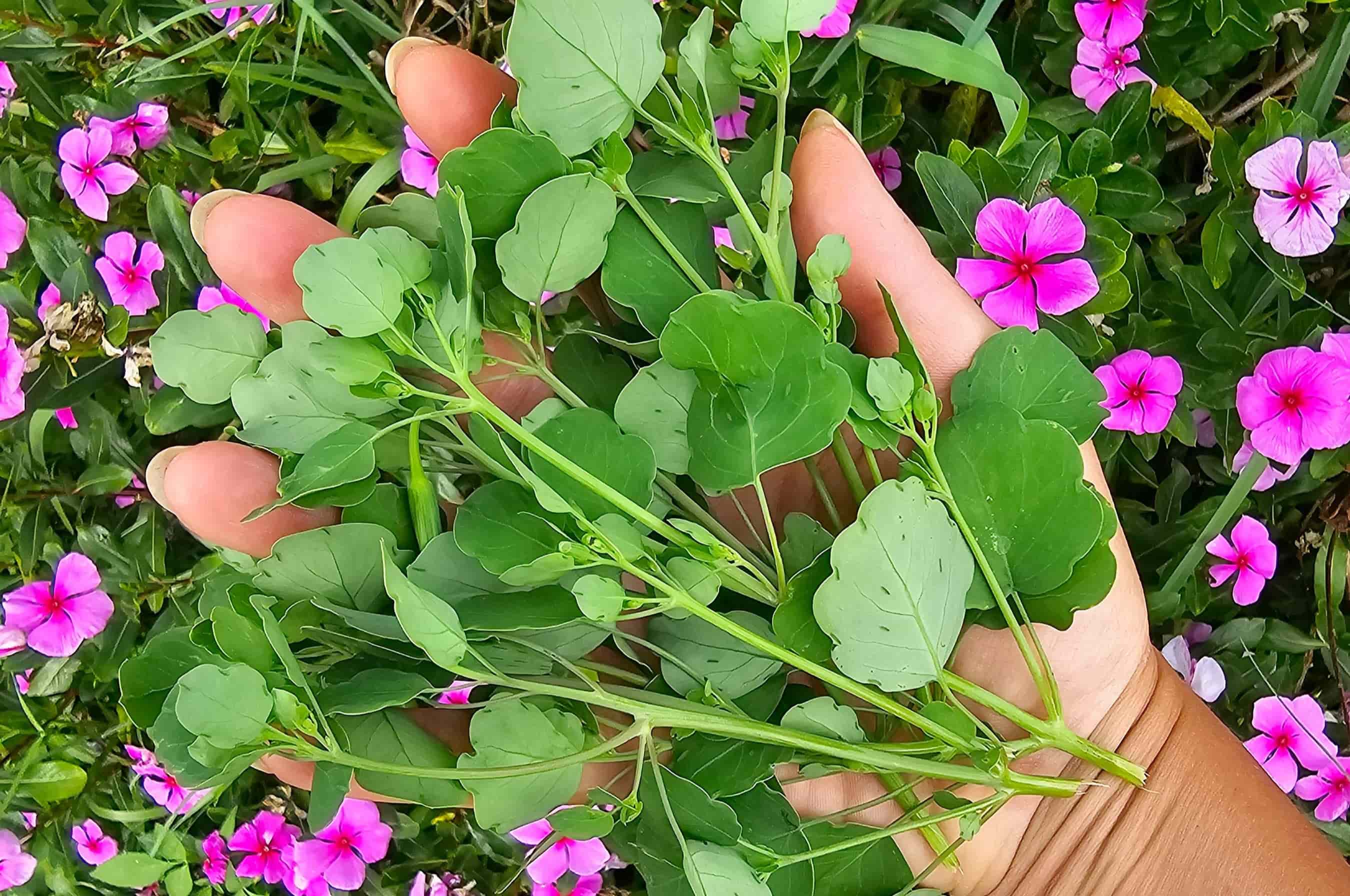
Papalo is a unique herb that might not be as famous as cilantro or basil, but it packs a punch in flavor and history. Originating from Central and South America, this leafy green has been a staple in traditional dishes for centuries. Its distinct taste, often described as a mix of cilantro, arugula, and rue, makes it a standout in any recipe. But what makes papalo so special? Papalo is not just about flavor; it also boasts numerous health benefits. Rich in vitamins and antioxidants, it supports overall well-being. Ready to learn more? Let's dive into 15 fascinating facts about this remarkable herb!
Key Takeaways:
- Papalo, also known as "summer cilantro," has a rich history dating back centuries, used by indigenous peoples for both culinary and medicinal purposes. Its unique flavor adds a twist to traditional dishes.
- This herb, with hints of citrus, mint, and spiciness, is easy to grow and packed with vitamins and antioxidants. It holds cultural significance in Mexican cuisine and folk remedies, symbolizing health and vitality.
What is Papalo?
Papalo, also known as "summer cilantro," is a leafy herb native to Mexico and South America. It's gaining popularity for its unique flavor and potential health benefits. Here are some fascinating facts about this intriguing plant.
Historical Significance
Papalo has a rich history that dates back centuries. Let's explore some historical facts about this herb.
- Ancient Use: Indigenous peoples in Mexico and South America have used papalo for centuries, both as a culinary herb and for medicinal purposes.
- Aztec Cuisine: The Aztecs incorporated papalo into their diet, often using it in salsas and other traditional dishes.
- Traditional Medicine: Papalo was believed to have healing properties and was used to treat various ailments, including stomach issues and high blood pressure.
Unique Flavor Profile
Papalo's flavor is distinct and can be an acquired taste. Here are some facts about its unique taste.
- Cilantro Alternative: Many people compare papalo's flavor to cilantro, but it has a more robust and pungent taste.
- Complex Notes: The herb has a complex flavor profile with hints of citrus, mint, and even a bit of spiciness.
- Culinary Versatility: Papalo can be used in a variety of dishes, from tacos to salads, adding a unique twist to traditional recipes.
Growing Conditions
Papalo is relatively easy to grow, making it a favorite among gardeners. Here are some facts about its growing conditions.
- Warm Climate: Papalo thrives in warm, sunny climates and is often grown during the summer months.
- Low Maintenance: The plant requires minimal care, making it an excellent choice for novice gardeners.
- Fast Growth: Papalo grows quickly, often reaching maturity in just a few weeks, providing a quick harvest.
Nutritional Benefits
Papalo is not just flavorful but also packed with nutrients. Here are some nutritional facts about this herb.
- Rich in Vitamins: Papalo is a good source of vitamins A and C, which are essential for immune health and skin.
- Antioxidant Properties: The herb contains antioxidants that help protect the body from free radicals and reduce inflammation.
- Digestive Aid: Papalo has been traditionally used to aid digestion and alleviate stomach discomfort.
Cultural Significance
Papalo holds cultural importance in various regions. Here are some facts about its cultural significance.
- Mexican Cuisine: In Mexico, papalo is a staple in many traditional dishes, especially in the states of Puebla and Oaxaca.
- Folk Remedies: The herb is often used in folk medicine to treat a range of conditions, from headaches to respiratory issues.
- Symbolic Meaning: In some cultures, papalo is considered a symbol of health and vitality, often used in rituals and ceremonies.
Papalo: A Hidden Gem in Your Kitchen
Papalo isn't just another herb. This leafy green packs a punch with its unique flavor and impressive health benefits. From boosting digestion to fighting inflammation, it’s a powerhouse in a small package. Adding papalo to your dishes can elevate your culinary game, giving meals a fresh twist. Whether you’re tossing it in a salad, blending it into a salsa, or using it as a garnish, this herb is versatile and easy to use. Plus, it’s a great conversation starter at dinner parties. So next time you’re at the market, grab some papalo and experiment. You might just find your new favorite ingredient. Remember, sometimes the best flavors come from the most unexpected places. Give papalo a try and see how it transforms your cooking.
Frequently Asked Questions
Was this page helpful?
Our commitment to delivering trustworthy and engaging content is at the heart of what we do. Each fact on our site is contributed by real users like you, bringing a wealth of diverse insights and information. To ensure the highest standards of accuracy and reliability, our dedicated editors meticulously review each submission. This process guarantees that the facts we share are not only fascinating but also credible. Trust in our commitment to quality and authenticity as you explore and learn with us.


